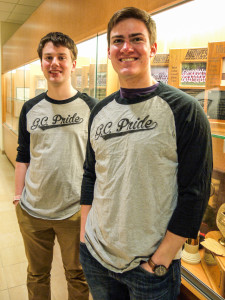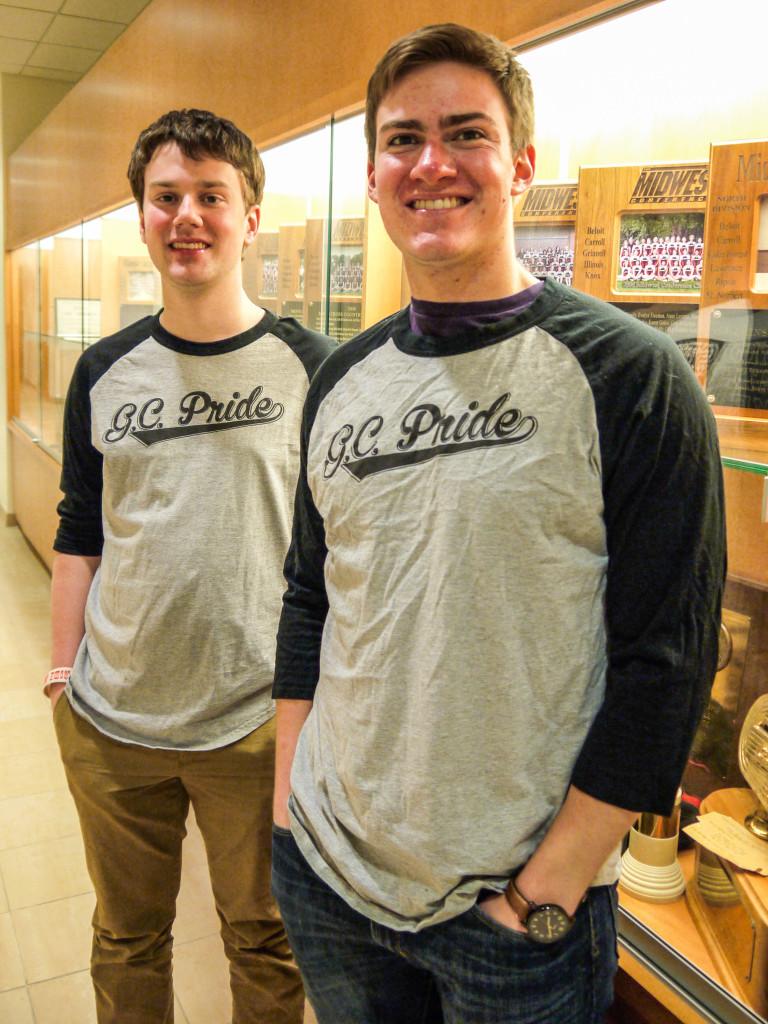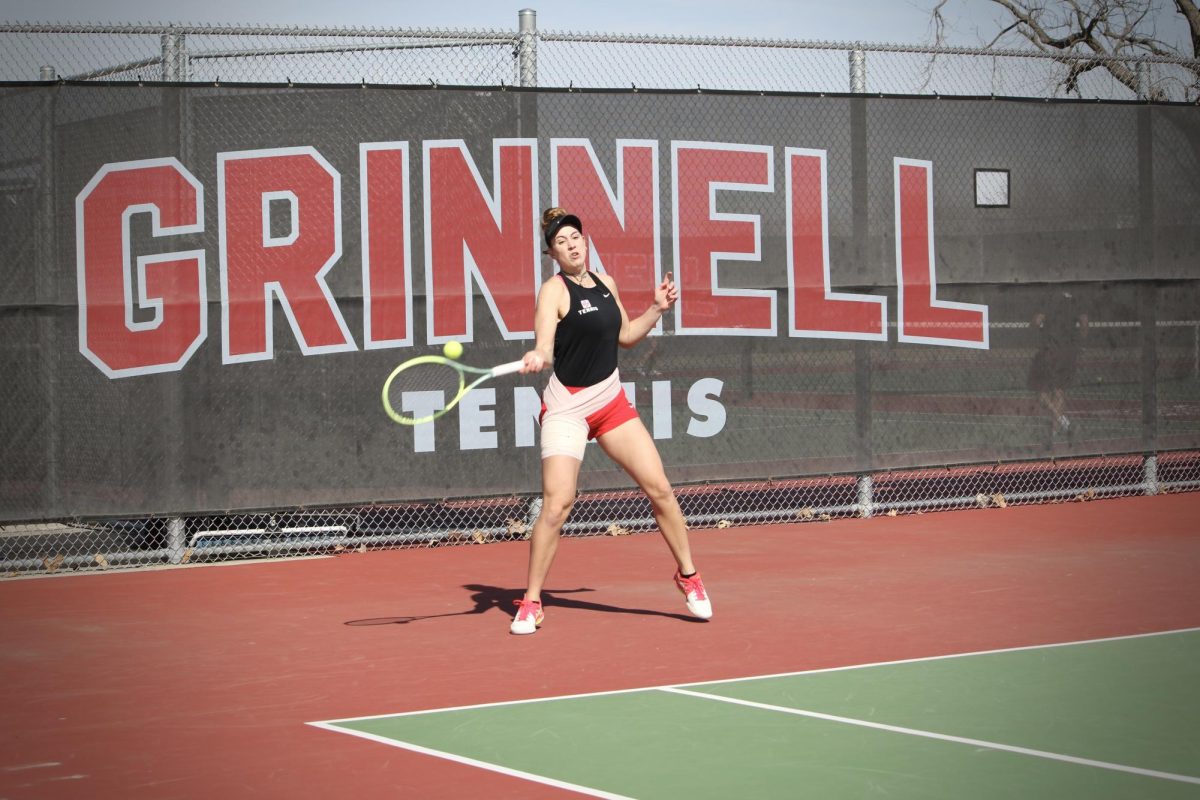The Student-Athlete Mentors (SAMs) introduced in the fall have been filling an important role that was created last semester when the number of Student Advisors was cut in half. The program was conceived after Wellness Director Jen Jacobsen and four student-athletes attended the NCAA APPLE conference in December 2013 and came back with a program promoting wellness and curbing student-athlete abuse.

Photo credit Leina’ala Voss
Elsa Goldman ’15, a SAM for track and field, talked about how the mentors have to be conscientious, aware and serve as a resource to which athletes may turn when faced with personal problems like athletic injuries and academics.
“I felt like I’ve played that role in the past, but now I feel like I have a name to put to that,” Goldman said. “It’s important to have that person [on your team] because as an athlete you’re spending more than 20 hours a week together, and it’s a big part of your life.
Thomas Robinson ’16, the SAM for the swim team, views his position as an advisory role.
“It’s more of an advice-giving role for me at least … being someone who isn’t directly involved with the performance related aspects of the team, but still carrying some weight to provide assistance and support when needed,” Robinson said.
Thomas Marsho ’17, the mentor on the golf team, sees this as a important role on campus, bridging the gap between athletes and non-athletes.
Evelyn Freeman, Head Coach of the women’s track and field team, addressed some of the issues of the program.
“It might be a good idea if we coaches had a better idea of what it was all about and the specific training they had gone through so that we could reach out to the mentors more so that then we could be aware of how they could help us, not only the team but also the coaches,” Freeman said.
Freeman, like Jacobsen, talked about the lack of visibility that Student-Athlete Mentors still have.
“When we went through introductions people would say, ‘I’m a team mentor,’ but they didn’t say what that meant,” Freeman said.
Jacobsen, when asked about the quantifiable impact of the program, talked about how she saw better communication and utilization of resources because athletes were more comfortable reaching out to their mentors than actively seeking out resources.
“There was more than one Student-Athlete Mentor who reached out to me for just a little bit [of] coaching or mentoring on how to handle a situation and a couple of Student-Athlete Mentors who actually referred a student-athlete to touch base with me and so I could connect them with other resources,” Jacobsen said.
Katherine Su ’18, a student-athlete on the swim team, talked about how she saw the mentors in the position of role models who were good students and could share their experiences as athletes while helping other student-athletes.
“The girl who’s a student mentor, she’s a very excellent swimmer, she’s a hard worker … she just trusts herself and trusts her training,” Su said.





























































